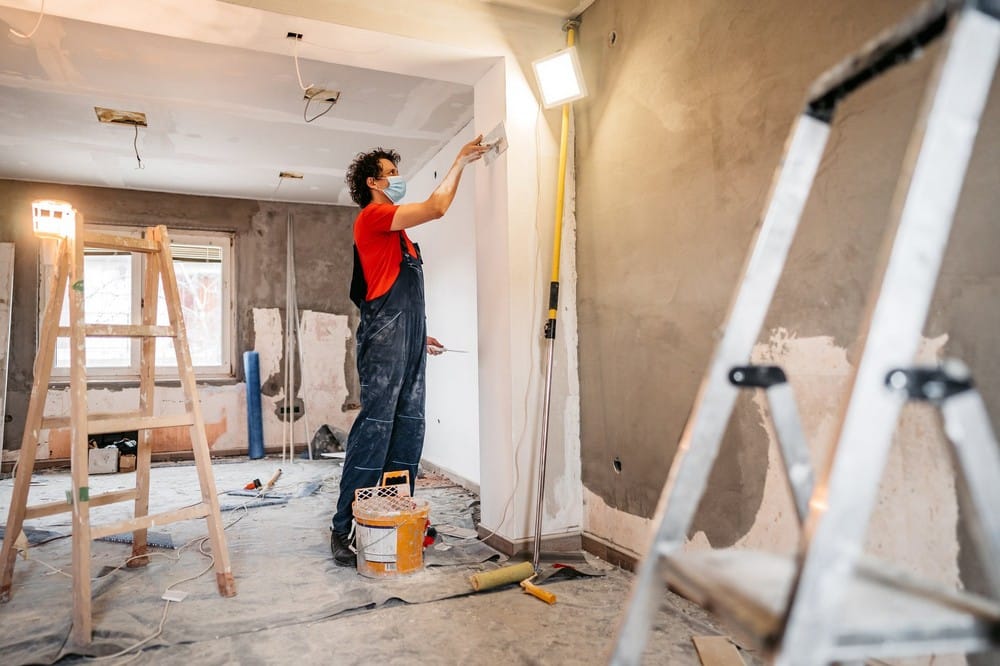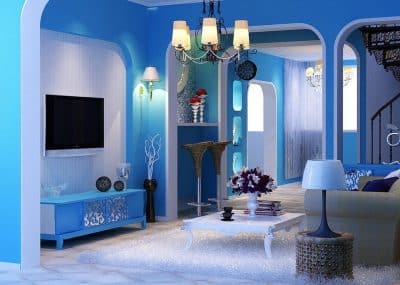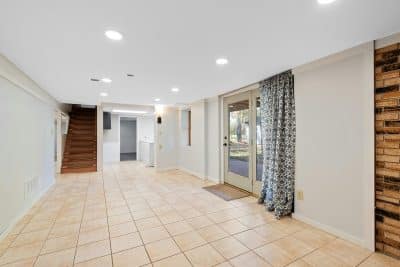
Home improvement spending in the U.S. has topped $513 billion in Q1 2025, driven by rising energy costs and a growing demand for comfort, sustainability and higher resale value. When every dollar matters, thoughtful planning can deliver lasting benefits: lower utility bills, increased home equity and a living space that feels both functional and stylish. This guide will walk you through exactly which projects deserve a larger share of your budget—and which can be tackled more economically—so you can achieve a beautiful, efficient home without overspending.
Where to Spend
1. Kitchen and Bathroom Upgrades
Kitchens and bathrooms consistently deliver the highest return on investment. Even a minor kitchen refresh can recoup up to 96 percent of its cost at resale, while a mid-range bathroom renovation recovers about 74 percent.
- Cabinet fronts and hardware: Swapping just the doors and drawer faces—then adding new pulls or knobs—instantly modernizes the space for a fraction of the cost of full-cabinet replacement. Choose a neutral, timeless finish so your update won’t feel dated in a few years.
- Countertops and backsplashes: Durable synthetic surfaces such as quartz or solid-surface resist stains and scratches for years. A tiled backsplash protects drywall from moisture and splatter, and offers an opportunity to introduce texture or color that ties the whole room together.
- Layout improvements: If your kitchen feels cramped, consider removing a non-load-bearing wall or adding a compact island or peninsula. This creates extra prep space, hidden storage and a casual spot for breakfast or homework.
- Fixtures and faucets: Upgrading to WaterSense-rated faucets and high-efficiency showerheads not only enhances daily comfort but can cut your household water usage by up to 15 percent, saving on both water and heating costs.
- Lighting and ventilation: Under-cabinet LED strips illuminate counters for safer, more efficient cooking. A properly sized range hood removes odors and steam, protecting cabinets and walls from damage over time.
2. Durable Flooring
Your choice of flooring shapes both the look and longevity of your home. Investing in quality materials now avoids costly replacements later and makes your rooms feel more cohesive.
- Engineered hardwood ($8–$12 / sq ft): Real wood veneer bonded to a stable plywood core resists moisture and temperature fluctuations better than solid wood. It can be refinished once or twice, extending its life over 20 years.
- High-durability tile: Porcelain and glazed ceramic withstand scratches, stains and heavy foot traffic, recovering roughly 70 percent of their cost at resale. Available in wood-look patterns, geometric shapes and natural stone replicas, tile can suit both modern and traditional aesthetics.
- Luxury vinyl plank ($5–$8 / sq ft): Waterproof and scratch resistant, luxury vinyl mimics wood, stone or concrete at a lower price point. Its click-and-lock installation is DIY-friendly, and an underlayment layer reduces noise and adds comfort underfoot.
- Underlayment and moisture barrier: A quality underlayment prevents subfloor imperfections from telegraphing through and provides sound insulation. In basements, bathrooms and laundry areas, a dedicated moisture barrier keeps mold and warping at bay.
3. Smart, Energy-Efficient Lighting
Upgrading to LED and smart lighting not only transforms how your home looks but can also reduce electricity usage by up to 75 percent compared to incandescents.
- LED bulbs and fixtures: Available in a range of color temperatures—from warm white to cool daylight—LEDs last up to 25 times longer than traditional bulbs. Their directional output can highlight art, accent walls or architectural details.
- Smart controls and dimmers: Schedule lights to turn on before you arrive, simulate occupancy while you’re away, or dim all downstairs lights at bedtime. Voice-control integration adds another layer of convenience.
- Layered lighting approach: Combine ambient (ceiling fixtures), task (under-cabinet strips, desk lamps) and accent (wall sconces, picture lights) layers. This lets you tailor each room’s mood and functionality throughout the day.
- Occupancy and daylight sensors: In hallways, closets and guest baths, sensors ensure lights only run when someone is in the room, preventing wasted energy.
Where to Save
1. Decorative Accessories and DIY Accent Pieces
Personal touches are where creativity and budget-stretching go hand in hand. Nearly half of homeowners reduce décor costs by tackling small DIY projects.
- Up-cycling and refinishing: Sand and repaint thrifted frames, side tables or planters with chalk or spray paint. Stenciling or decoupage adds a customized flair that no mass-market item can match.
- Printable artwork and photos: Download high-resolution art files or print family photos on heavyweight paper. Frame them in inexpensive frames (which you can paint or distress) to create an affordable gallery wall.
- Greenery and planters: Houseplants improve air quality and infuse rooms with life. Simple terracotta pots or repainted containers keep costs low.
- Textile updates: Sew throw pillow covers from remnant fabric or add decorative trim to plain lampshades. Small textile accents can be swapped seasonally for a fresh look year-round.
2. Paint and Accent Walls
A fresh coat of paint is hands down the most cost-effective way to transform a room.
- Proper prep work: Clean walls, patch holes, sand rough spots and apply primer. A smooth substrate ensures the paint adheres evenly and resists peeling.
- Standard vs. premium paint: Basic washable acrylic paints cost up to 40 percent less than top-tier brands yet perform similarly when applied correctly.
- Accent walls: Wallpaper or high-contrast paint on a single wall creates an instant focal point for just $30–$40 per roll. Patterns like subtle geometrics or nature-inspired motifs add depth without overwhelming the space.
- Color psychology: Warm neutrals (greige, soft taupe) evoke coziness; cooler hues (soft grays, muted greens or blues) promote calm in bedrooms and bathrooms.
3. Custom Textiles and Curtains
Ready-made drapes and cushions can be expensive; making them yourself cuts costs by 60–70 percent.
- Outlet and remnant fabrics: Home-dec outlets sell high-quality remnants at deep discounts—often enough yardage for several pillow covers or a pair of curtains.
- Simple sewing projects: Curtain panels, tie-top valances or envelope-style pillow covers are all doable for beginners with basic sewing machines and online tutorials.
- Layered window treatments: Pair sheer voiles with blackout liners on the same rod. Sheers diffuse daylight; liners block light and add insulation—no need for costly motorized shades.
Budget Planning and Project Timeline
- Initial Assessment: Walk through each room and list must-have upgrades versus nice-to-haves. Prioritize work that protects the home’s structure or impacts daily living.
- Budget Allocation: Allocate roughly 60 percent of your budget to high-ROI, long-lasting investments (kitchen, bath, flooring, lighting) and 40 percent to cosmetic updates and DIY décor.
- Contingency Fund: Reserve 10–15 percent for unexpected costs such as extra materials, permit fees or minor repairs uncovered during demolition.
- Phased Execution: Plan work in stages: begin with plumbing and electrical rough-in, then major finishes (cabinets, flooring, paint), and finish with decorative details. A complete refresh can take 4–8 weeks, but tackling one area at a time lets you keep the rest of your home functional.
Conclusion and Next Steps
A budget-conscious makeover balances strategic investment in areas with proven ROI—kitchens, bathrooms, durable flooring and energy-efficient lighting—with cost-effective DIY updates for décor and textiles. Use this blueprint to map out your project, compare quotes from contractors, shop sales for materials, and tackle the rest with confidence. Your home will emerge more efficient, cohesive and reflective of your personal style—without breaking the bank.








